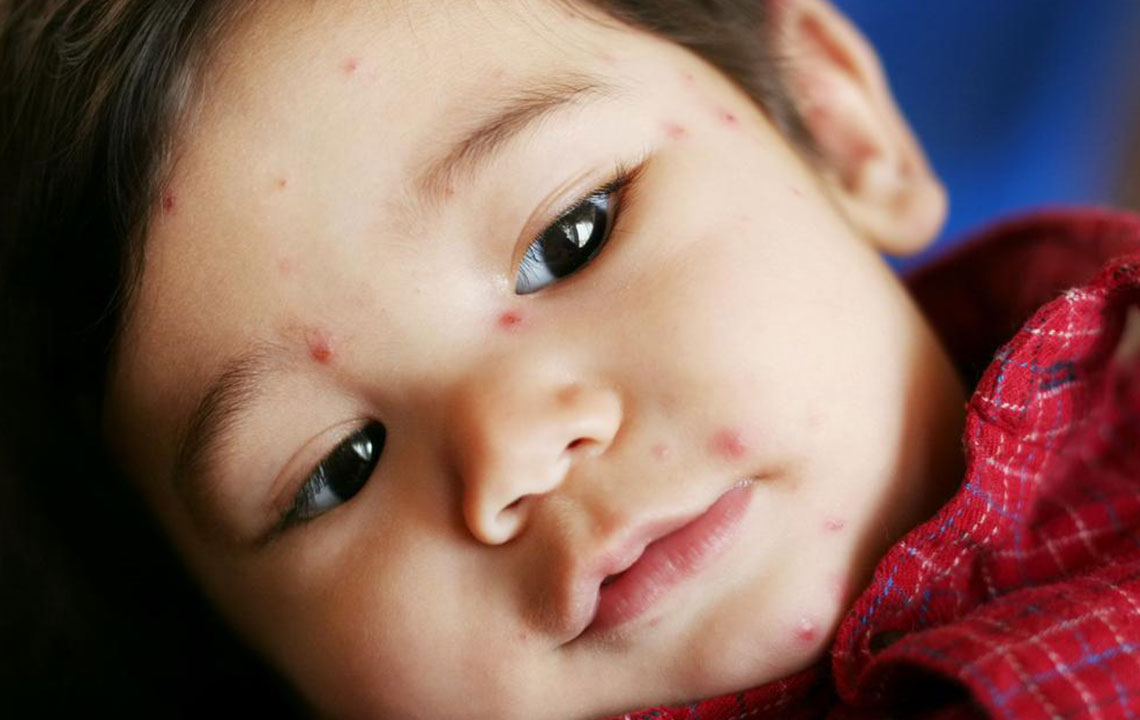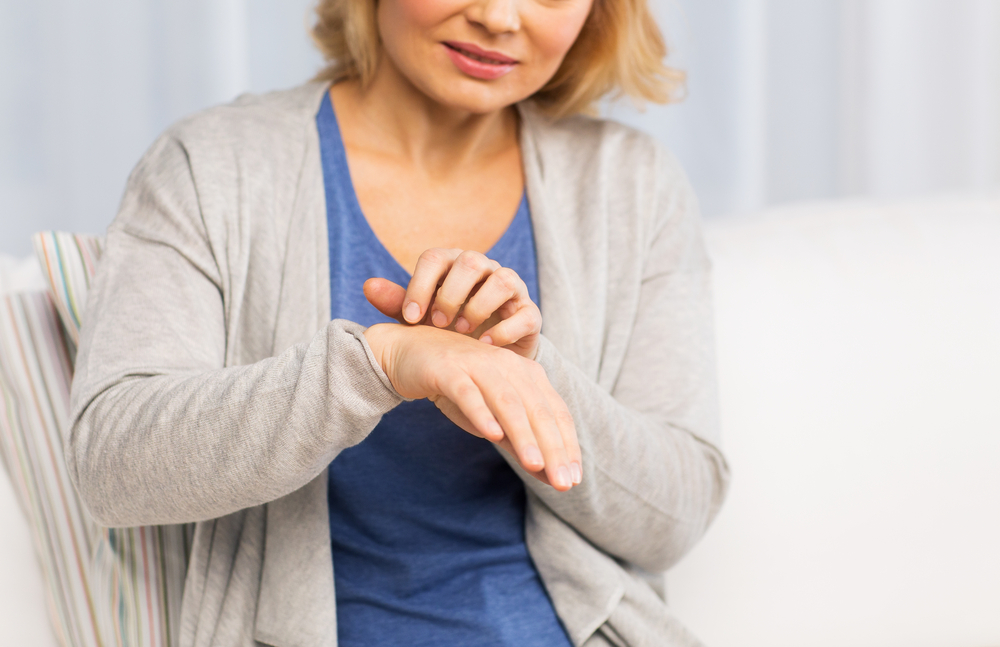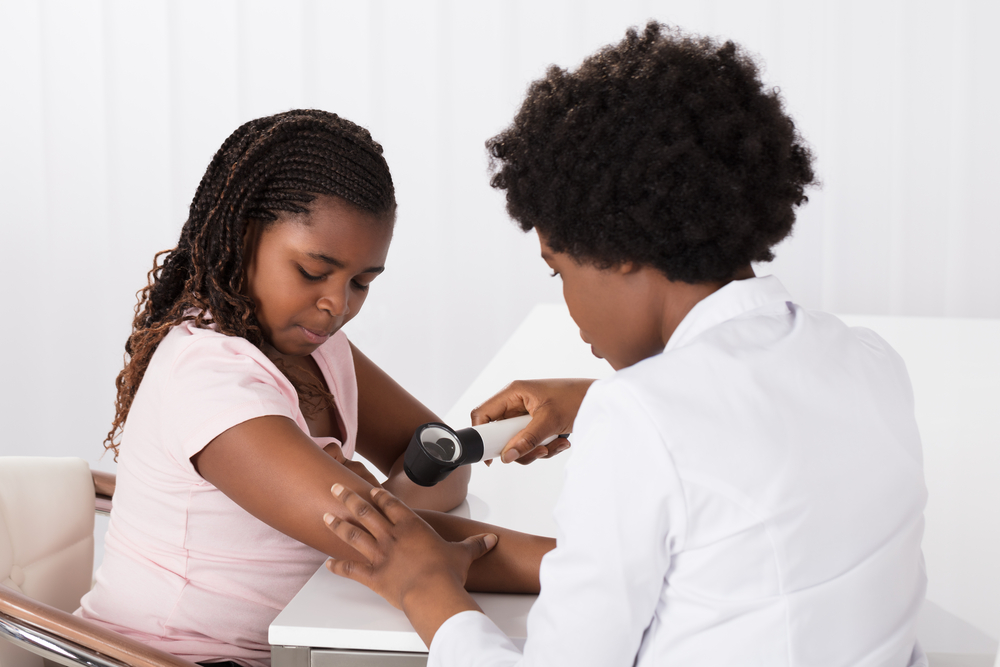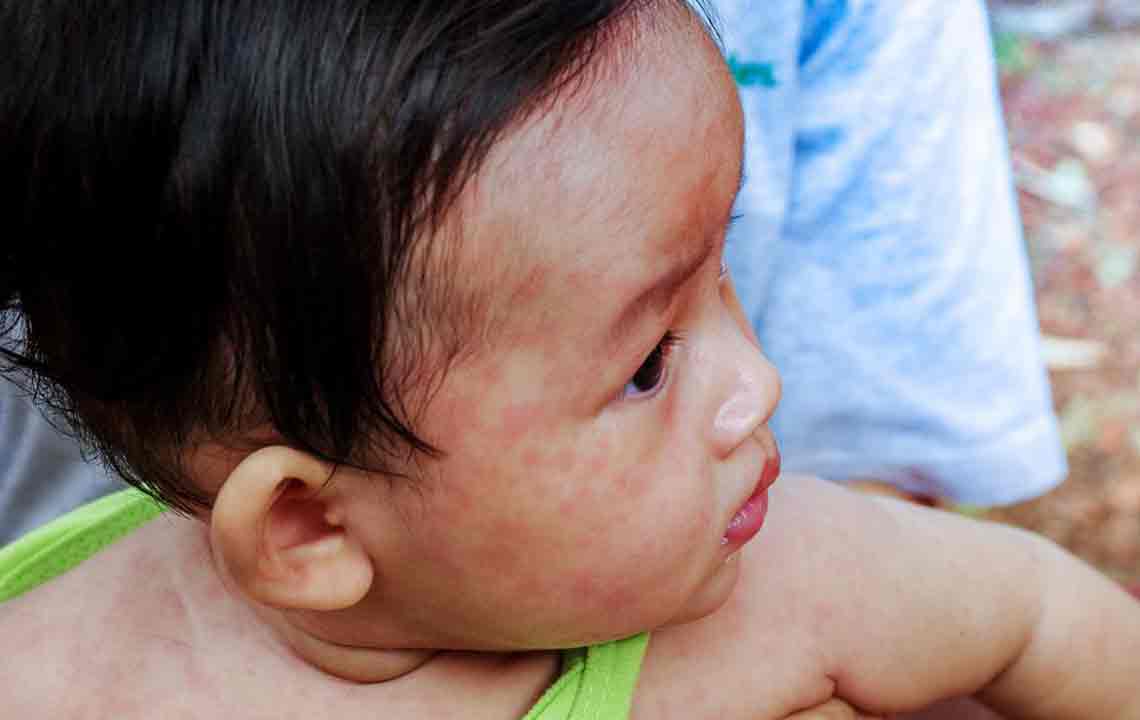Comprehensive Guide to Shingles: Causes, Symptoms, Prevention, and Treatment Strategies
This comprehensive article explores shingles in detail, covering its causes, symptoms, prevention strategies, and treatment options. It emphasizes the importance of early medical intervention and home care to minimize discomfort and prevent long-term complications. Understanding shingles helps at-risk populations seek timely treatment and protect themselves through vaccination and lifestyle choices. The article also highlights the significance of recognizing warning signs and maintaining good skin hygiene for effective management and recovery.

Comprehensive Guide to Shingles: Causes, Symptoms, Prevention, and Treatment Strategies
Shingles is a common and often painful skin condition that affects a significant portion of the population, particularly older adults and individuals with weakened immune systems. Statistically, about one-third of people may develop shingles at some point in their lives, making it a public health concern worth understanding in depth. Recognizing the causes, symptoms, preventive measures, and treatment options can help individuals manage and reduce the risks associated with this condition effectively.
What Causes Shingles?
The root cause of shingles lies in the reactivation of the varicella-zoster virus (VZV), the same virus responsible for chickenpox during childhood. After recovering from chickenpox, the virus doesn't get entirely eliminated from the body; instead, it remains dormant within the nerve tissues, particularly near the spinal cord and brain. Under certain conditions, such as aging, stress, or immune suppression, the virus can reactivate and travel along nerve fibers to the skin, resulting in shingles, also known as herpes zoster.
It's important to note that while the virus reactivation causes shingles, it does not mean that chickenpox will return. However, shingles can be contagious; it can spread through direct contact with the fluid-filled blisters of a shingles rash, potentially causing chickenpox in individuals who haven't been infected before. This explains the importance of precautions during outbreaks. Additionally, vaccination can significantly reduce the risk of developing shingles later in life.
Recognizing the Symptoms and Signs of Shingles
Shingles typically manifests with a series of characteristic signs and symptoms that can vary between individuals. The initial stage may involve mild symptoms like headaches, fatigue, and sensitivity to light, which are often mistaken for common ailments. As the infection progresses, more distinctive symptoms emerge:
Localized pain or burning sensation, often in one area of the body or face
Itching or tingling in the affected area
A rash appears, usually on one side of the body or face, characterized by red patches that develop into clusters of fluid-filled blisters
The blisters eventually crust over and heal, typically within 2 to 4 weeks
Some individuals may experience additional symptoms like muscle weakness, dizziness, or changes in vision, depending on the nerves involved
In some cases, the rash may not be visible, especially if nerve pain occurs without skin manifestation. Early recognition of these symptoms is key for timely treatment and reducing the risk of complications.
Effective Treatment and Pain Relief Methods
Prompt medical intervention is crucial for managing shingles effectively. Antiviral medications, such as acyclovir, valacyclovir, or famciclovir, are most effective when started within the first 72 hours after rash onset. These medications help reduce the severity and duration of the outbreak, as well as the risk of complications.
In addition to antivirals, pain management plays a vital role. Over-the-counter pain relievers like acetaminophen or non-steroidal anti-inflammatory drugs (NSAIDs) can help alleviate mild discomfort. For more severe pain, physicians may prescribe opioids or nerve-blocking medications. Maintaining good skin hygiene by keeping the affected area clean and dry is essential to prevent secondary bacterial infections. Topical treatments prescribed by healthcare providers, such as lidocaine patches or calamine lotion, can help soothe the skin and minimize inflammation.
Home Remedies and Lifestyle Tips for Managing Shingles
In addition to medical treatment, several home remedies can complement the recovery process and alleviate discomfort:
Avoid scratching or picking at blisters to reduce the risk of bacterial infection
Applying cool, damp compresses to the rash for up to 20 minutes several times a day helps diminish itching and pain
Calamine lotion or soothing herbal remedies like aloe vera may provide relief from skin irritation
Using baking soda or cornstarch powders can help dry out blisters and promote faster healing
Sitz baths or soaking the affected skin in a water solution with aluminum acetate (available over the counter) can reduce oozing and keep the skin clean
Maintaining a healthy lifestyle, managing stress, and ensuring adequate rest can also support the immune system's ability to fight the virus and prevent recurrence.
Potential Complications of Shingles
While many cases of shingles resolve with appropriate treatment, some individuals, especially older adults, may experience long-term complications:
Postherpetic Neuralgia: This is the most common complication, characterized by persistent nerve pain that lasts months or even years after the rash has healed. It is more prevalent among seniors and can significantly impair quality of life.
Ramsay Hunt Syndrome: A rare but serious condition where shingles affects the facial nerves, leading to paralysis, weakness, and sometimes hearing loss.
Bacterial Infections: Improper skin care or scratched blisters can become infected with bacteria such as Staphylococcus aureus or Streptococcus, resulting in cellulitis, a serious skin infection requiring medical intervention.
Early diagnosis and prompt treatment generally lead to favorable outcomes. However, older adults and those with compromised immune systems should be closely monitored to prevent and manage potential complications effectively.





